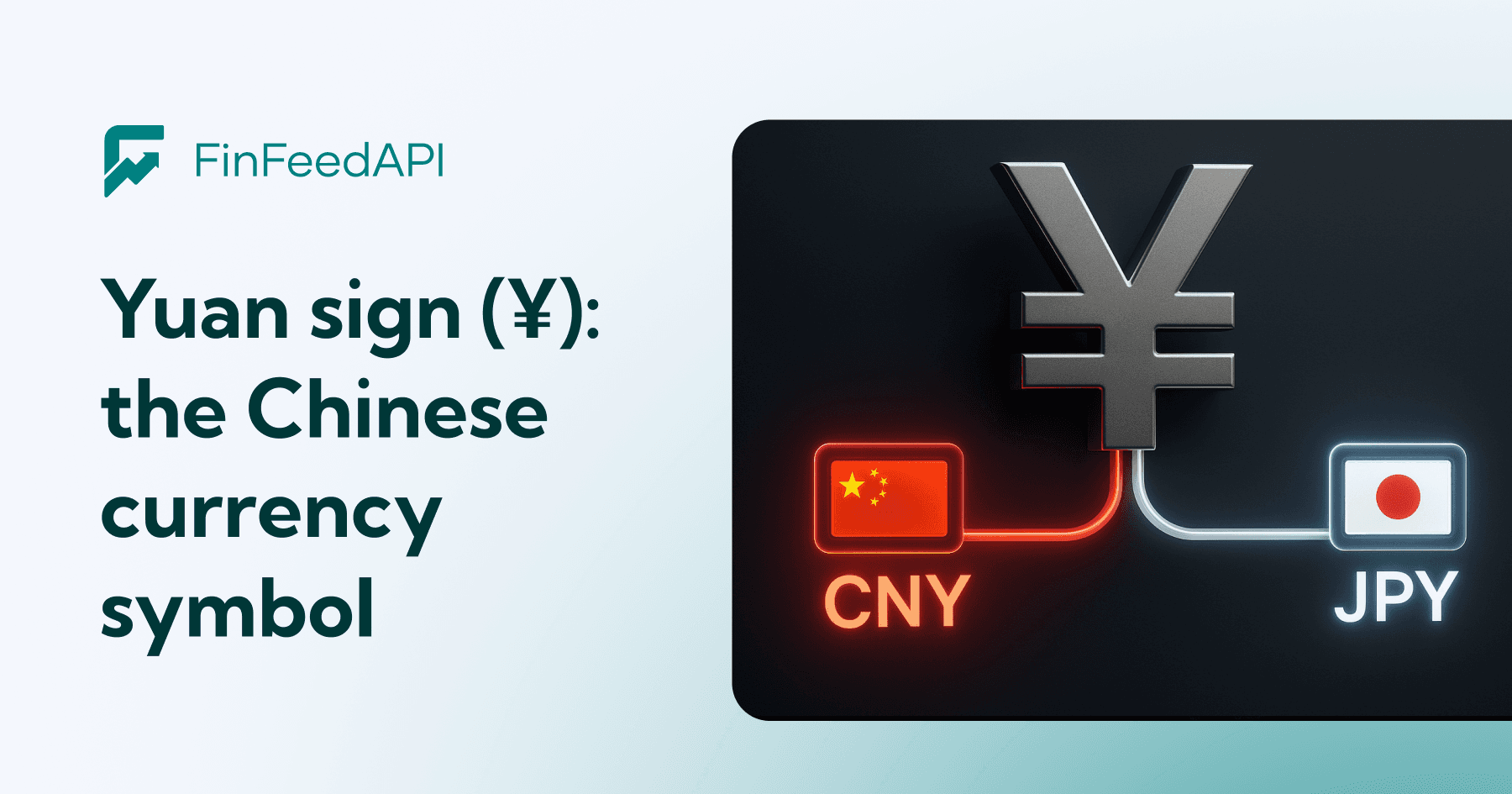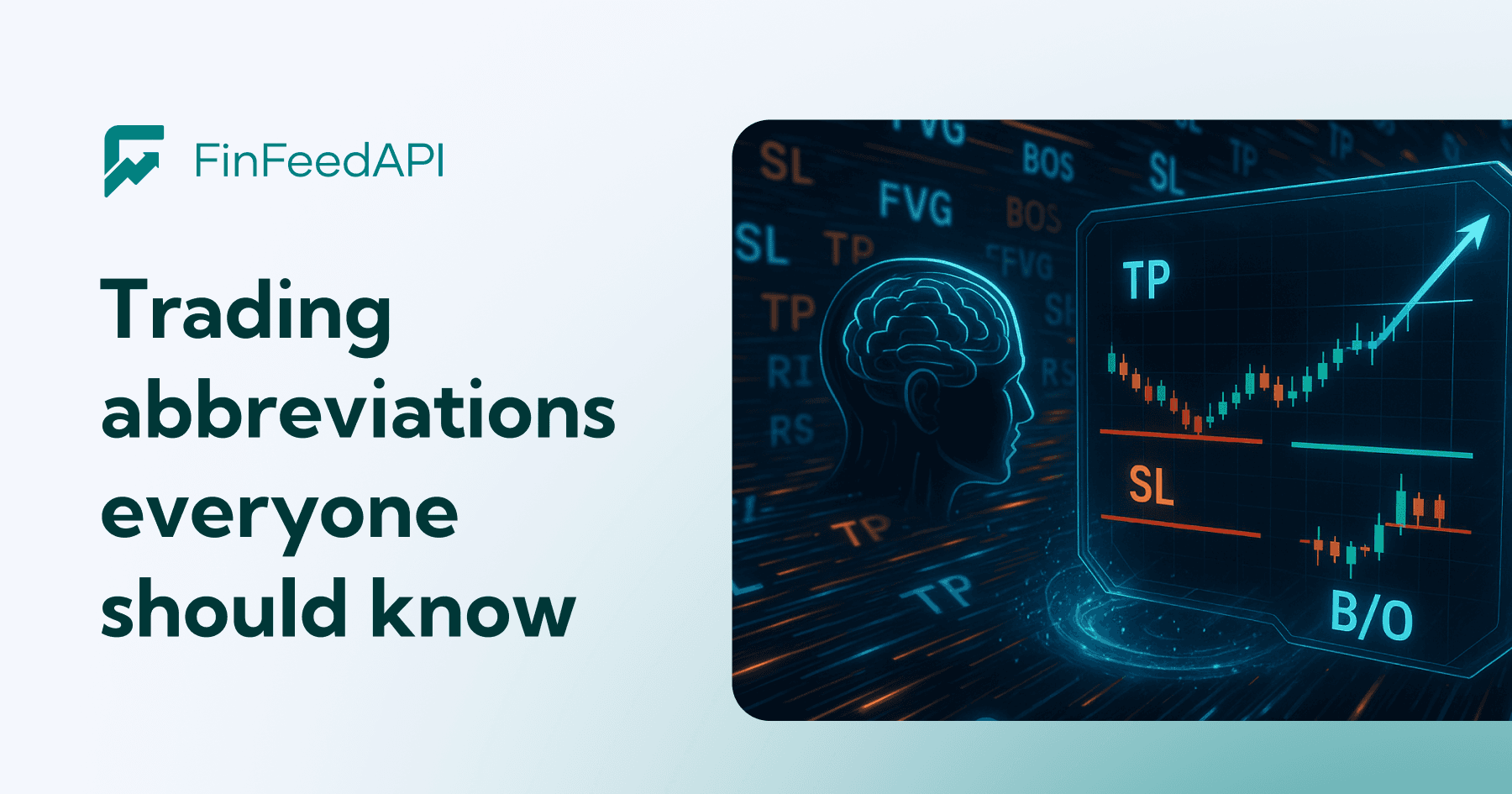Indian currency carries far more identifiers than most people notice.
The ₹ symbol on screens.
The tiny marks on coins.
The hidden layers inside every banknote.
None of these are decorative.
They exist to show what’s real, what’s official, and what’s safe to use.
India relies on three main symbol systems:
- The rupee symbol (₹) — the digital and printed sign for the currency
- Mint marks on coins — small shapes that reveal where each coin was made
- Security features on banknotes — watermarks, threads, raised ink, and other anti-fake tools
Together, these symbols protect the rupee and keep its identity consistent across devices, documents, and physical money.
Below is a short, clear breakdown of how each system works.
The Rupee Symbol (₹)
The ₹ symbol is a recent addition to India’s currency identity.
It became official in 2010 after a nationwide contest with thousands of entries.
The winning design by Dr. Udaya Kumar (IIT Bombay) blends two letters:
- the Devanagari “र”
- the Latin “R” (without the vertical bar)
Two horizontal lines sit at the top — a quiet reference to the Indian flag and a hint at “balance” or “equality.”
Today, the symbol appears everywhere:
keyboards, banknotes, textbooks, websites, invoices, digital wallets, and payment apps.
Mint Marks on Coins
Flip any Indian coin over and look just below the year — you’ll find a tiny symbol that reveals where it was made. These marks are easy to miss, but they’re one of the most reliable ways to verify a coin’s origin.
India has four major mints, each with its own signature:
- Mumbai: ◆ (diamond)
- Hyderabad: ★ (star)
- Noida: • (dot)
- Kolkata: no mark at all
For collectors, mint marks are essential for identifying variations. For everyone else, they act as a simple authenticity check — proof that the coin came from an official Indian mint and meets national standards.
And while coins rely on tiny symbols stamped in metal, banknotes use an entirely different set of features to protect the rupee… and those get much more sophisticated.
Security Features on Indian Banknotes
Indian banknotes pack multiple layers of protection into a thin sheet of paper.
These features help both people and machines spot real notes quickly.
Watermarks
Hold the note to the light and you’ll see:
- Mahatma Gandhi’s portrait
- The note’s value (in Devanagari and English)
Raised Print
Run your fingers over:
- Gandhi’s portrait
- The Ashoka Pillar
- Key texts and markings
These raised areas help visually impaired users identify denominations by touch.
Security Thread
Every real note includes a thin vertical thread.
Under magnification, it shows micro-text like “RBI” and the note’s value.
Color-Shift Ink
Some denominations use ink that changes color when the note is tilted.
See-Through Register
A small element on the front aligns with one on the back to form a complete design when held to light.
Language Panel
Most banknotes show the denomination in 15 Indian languages, reflecting India’s linguistic diversity.
These features combine to make counterfeiting harder and authentication easier — especially when using the RBI’s Look, Feel, Tilt method or the MANI app, which helps users check notes digitally.
Comparison: Digital vs Print Usage
| Feature | Digital Media | Print Media |
| Symbol clarity | Universal display across devices | Requires font embedding verification |
| Size scaling | Automatic adjustment to text size | Manual sizing for readability |
| Font compatibility | Built into standard web fonts | Must verify printer font support |
| Cost considerations | No additional printing costs | Potential font licensing fees |
Digital platforms make using the ₹ symbol easy — fonts render cleanly, updates are instant, and compatibility is rarely an issue. Print, however, is less forgiving. You need the right font, proper spacing, and a quick test run to ensure the symbol prints exactly as intended.
Use digital formats for anything shared widely.
Use print when you need full control over layout and typography.
Common Challenges and Solutions
Even with clear rules, Indian currency symbols still trip people up in everyday use. The first hurdle is spotting real notes from fakes — something that has only become more important as counterfeits get harder to detect by eye alone. The simplest fix is to rely on the RBI’s “look, feel, tilt” method and, when in doubt, use the MANI app, which walks you through every security feature on every denomination.
The next challenge comes in the digital world: typing the ₹ symbol consistently across devices. Windows uses one shortcut, Mac uses another, and mobile keyboards hide it behind long-press menus.
Keeping the Unicode reference (U+20B9) handy — and testing how the symbol displays in your most-used apps — prevents formatting issues before they spread through invoices or reports.
These small habits make handling Indian currency smoother, whether you're working with cash, designing documents, or verifying money on the go.
Conclusion
India’s currency system may look simple on the surface, but the symbols built into it do a lot of heavy lifting. The ₹ sign keeps digital payments consistent. Mint marks trace every coin back to its source.
Together, they form the identity of the modern rupee — not just as money, but as a national system that needs to work the same way on every screen, in every wallet, and across every state.
As India moves deeper into digital payments, these details matter even more. A single wrong symbol in an invoice can cause confusion. A missed security thread can trigger a loss. A fake note circulating in a small market can affect trust far beyond that moment.
Knowing how to read these symbols gives you practical advantages:
- You can verify notes faster.
- You can spot where a coin came from.
- You can format prices correctly in any document or app.
- You understand how India protects its currency — both physically and digitally.
Most people never look closely at these markings. But once you know what each one means, you see the rupee differently: not just as money, but as a system built on design, security, and clear communication.
Currency Data for Apps, Dashboards, and Research
If you work with prices, exchange rates, or financial automation, having reliable currency data matters as much as understanding the symbols themselves. Instead of collecting information from multiple sources or scanning bank websites, you can pull everything from one place.
FinFeedAPI’s Currency API gives you fast, accurate data you can plug into:
- billing systems
- fintech apps
- dashboards
- research tools
- analytics models
It supports real-time and historical rates, stable uptime, and simple formatting — all without extra setup.
Ideal if you want clean data without managing your own scraping or conversion tools.
Start anytime at FinFeedAPI.com















